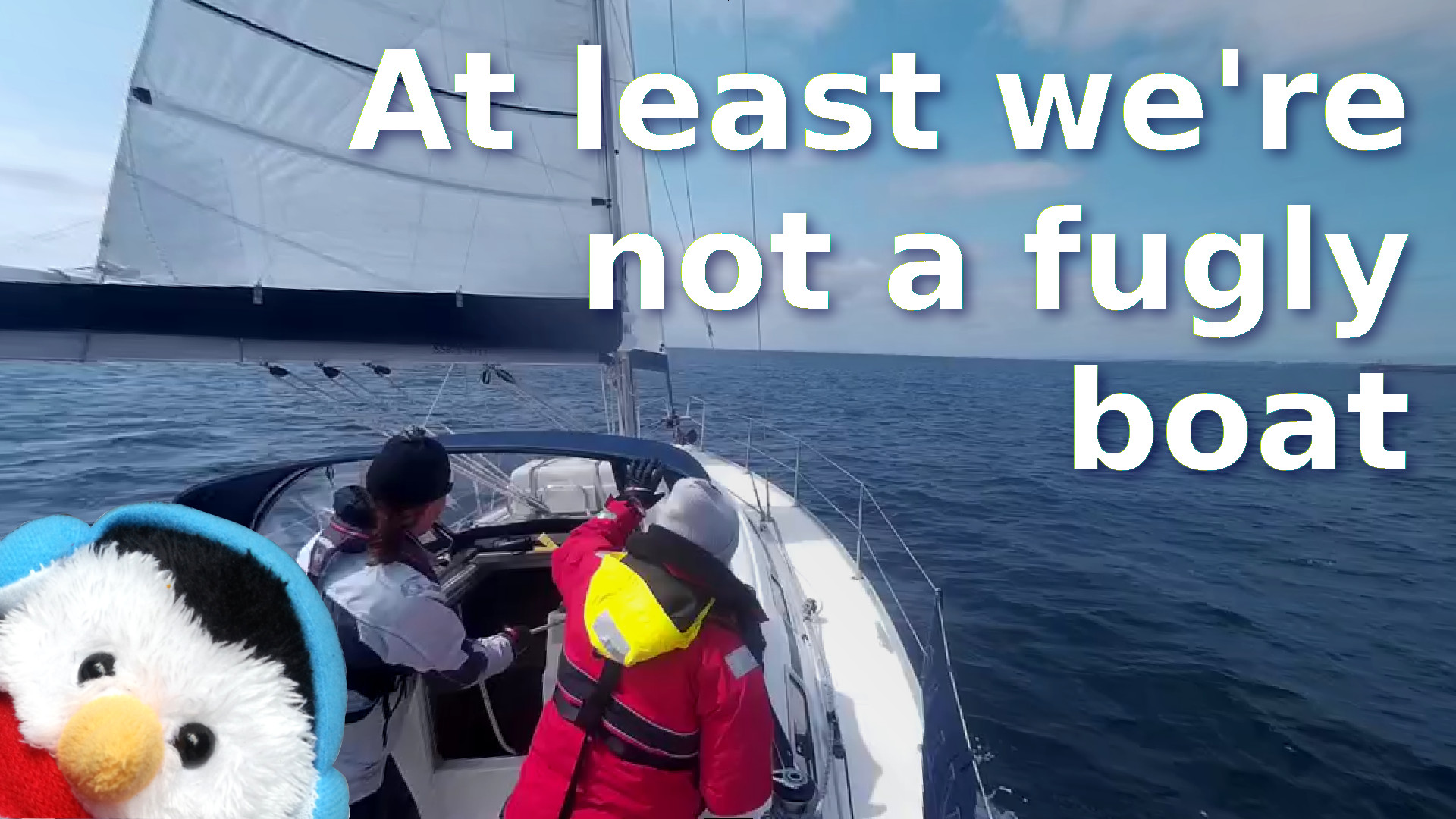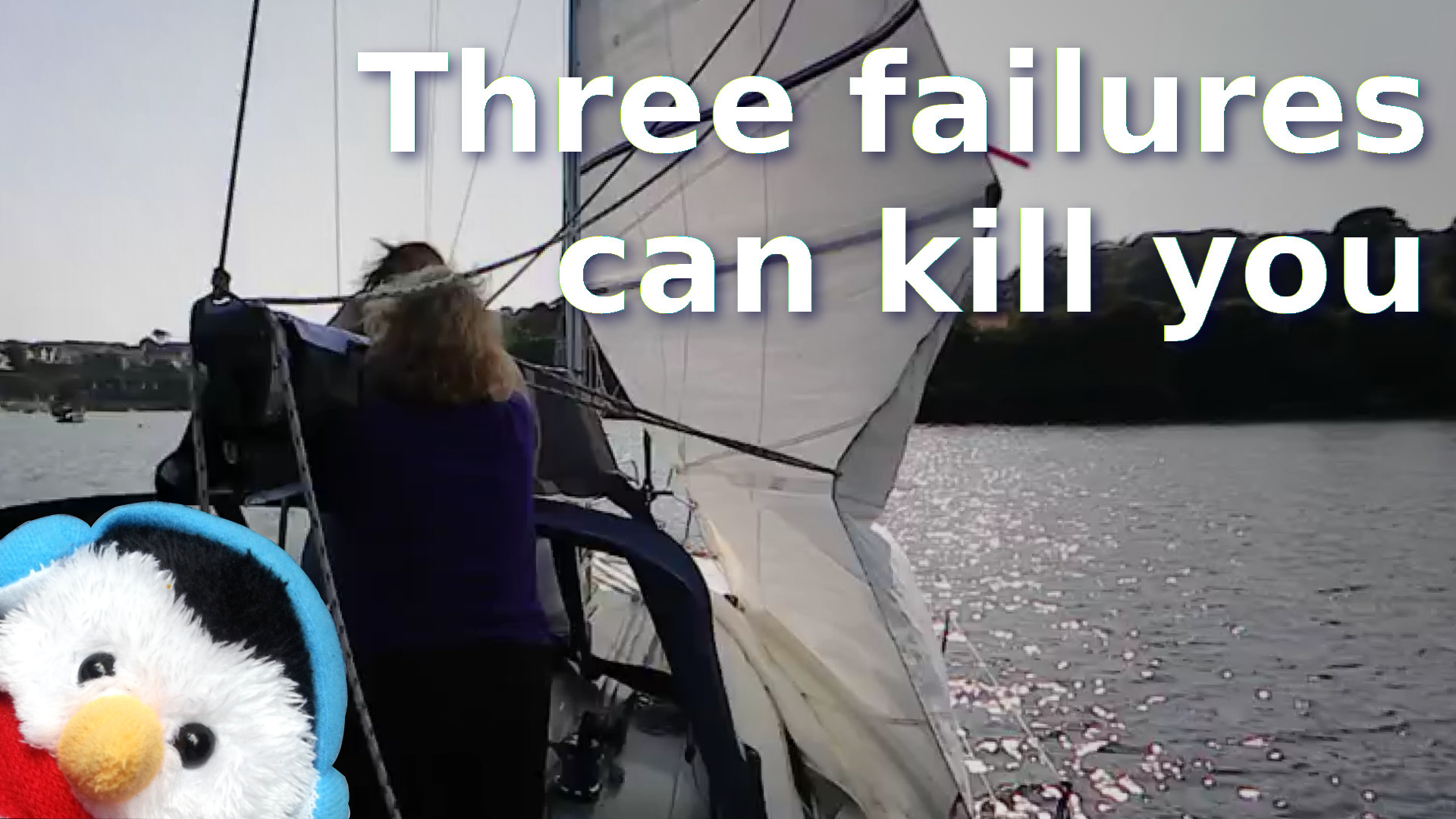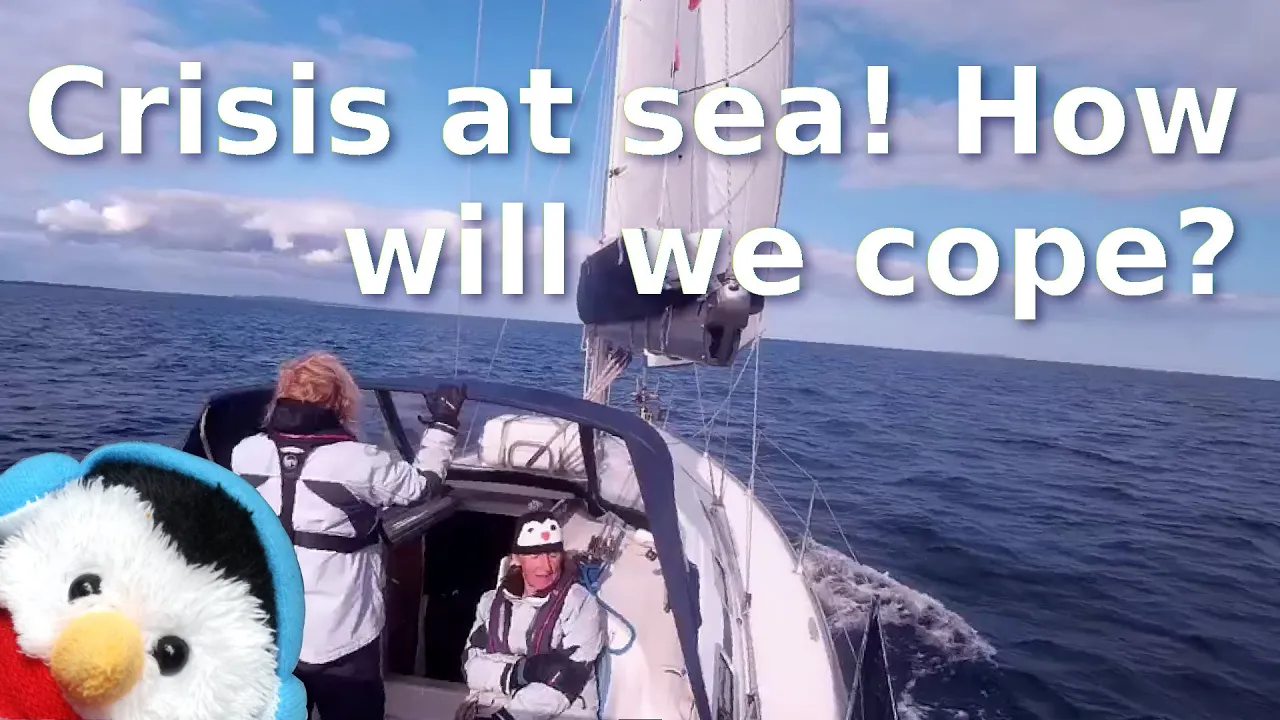The big storm that we were sheltering from had passed and we had left a full 24hours to let the seas calm down. So now it was a case of planning our passage and seeing if our plan matched up to reality.
Planning
Break down your passage into chunks and give these waypoints
This gives you times and places that you can judge yourself against. In our plan we broke the passage down into Muglins, Wicklow head and Arklow
Find out how the tide is going to affect your journey
Tidal strengths
When you look at a tidal stream diagram there are usually two figures associated to the arrow, a smaller figure that represents neaps and a higher figure that represents springs, if we are just on or two days out from either springs or neaps we use that figure as our tidal strength, but if we are more than two days away we take an average of the two figures and use that figure instead.
Tidal direction
The tidal direction can really make a difference to the course that you need to steer at so I will write a technical blog on that subject. In our case the tide and our direction of travel were always going to be either with us or against us, this means that we can either just add or subtract the tidal strengths. This is why in the passage plan we just put a straight line of figures for example
-0.8 +0.2 +0.6 +1.1 +1.2 = 2.2
Tidal heights
Find out the tidal heights of where you are and where you are going. Low water is the one that you need to be particularly cautious of as you need water under the keel to enter and leave harbour
Communicate your plan
Tell every one in your crew what you are doing. We write the plan down so that we have it for reference and the crew member of the day reads the plan and checks it. This is very important as there has been many a day where I have found errors in the plan. Also remember because flows could be referenced to Dover, the highs and lows at Dover are not the same as the local highs and lows
Reality
It took us time to get moving so by the time we were slipping the lines, we were already 15minutes later than we wanted.
We estimated that it would take us ½ hour to get to Muglins but in reality it took us ¾. I think that this was caused by the fact that Dun Laoghaire is quite a large place and it took time to get out into the open sea.
We had left a full 24 hours between the end of the storm and our departure, but throughout the passage there was still swell coming from the direction that the storm had come from. It was not particularly big swell, but it was still there.
When we got down to Wicklow head we were running a little bit late to our plan. However that was not the issue with that headland. The seabed rises in that location and we were being kicked about quite badly, the only good thing was it was good for my Abbs.
As we travelled towards Arklow, we went past Mizen Head. Not the Mizen head that is mentioned in the weather forecast, just another Mizen head, Its like Scotland, there are loads of Tarberts in Scotland, well in Ireland there are at least two Mizen Heads
We had planned to be at Arklow at 2:30 but in reality we were 30 minutes out, so seeing as we left 15minutes late not too bad.
When we arrived at Arklow we went up the river to the visitors pontoon which is a very long pontoon on the side of the river. We got on quickly and walked Salty Lass forward so that we left space behind us
Analysis
In this particular journey we were in actual fact a motor boat, so we were able to keep the direction we wanted, while if we were a sail boat then we might not be able to do that as we would be tacking, Plus if the winds were light we might not be able to get much speed out of the wind
We left 24hours after the storm had ended but around Wicklow head, the sea was still nasty in that area because of swell
The only other thing of note was that it was very noisy at Arklow because they were doing some digging work and they were ramming pillars into the ground













